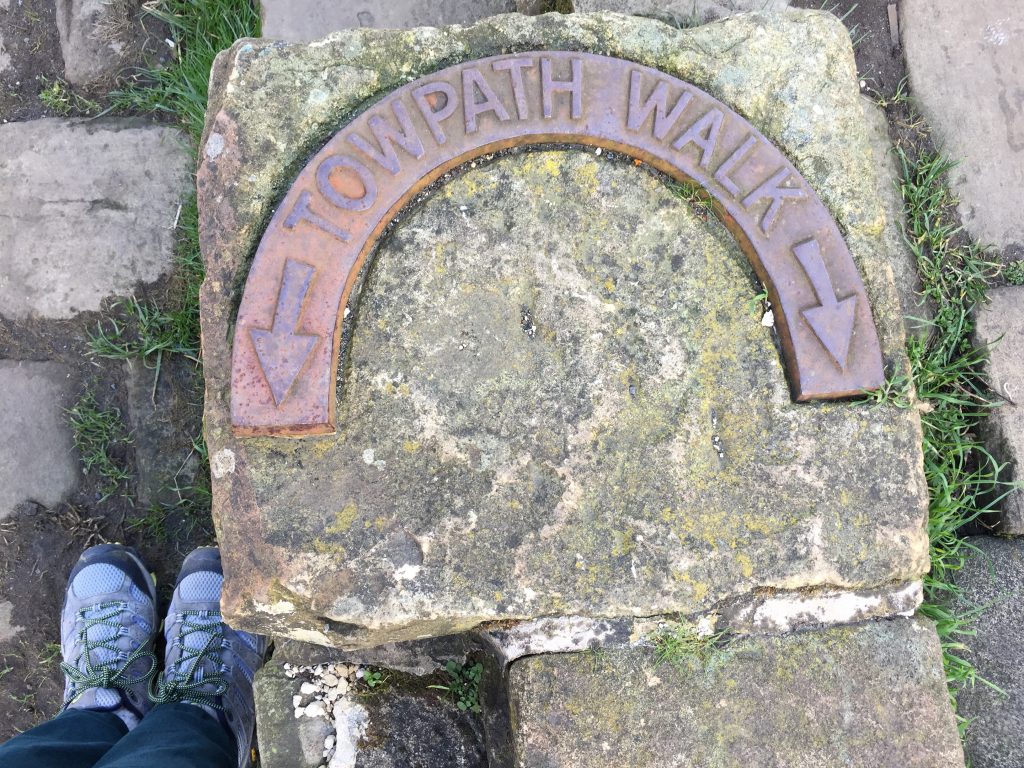
I was the only person on the platform at Hebden Bridge station, something I don’t ever remember seeing before. The train to Leeds was virtually empty with only 2 other people in my compartment. It’s only an 8 minute ride to Sowerby Bridge and again the weather was bright and sunny. My initial idea was to walk from Brighouse to Sowerby but that felt a little too far this morning so I changed it to a 7 miler.

Fun along the towpath
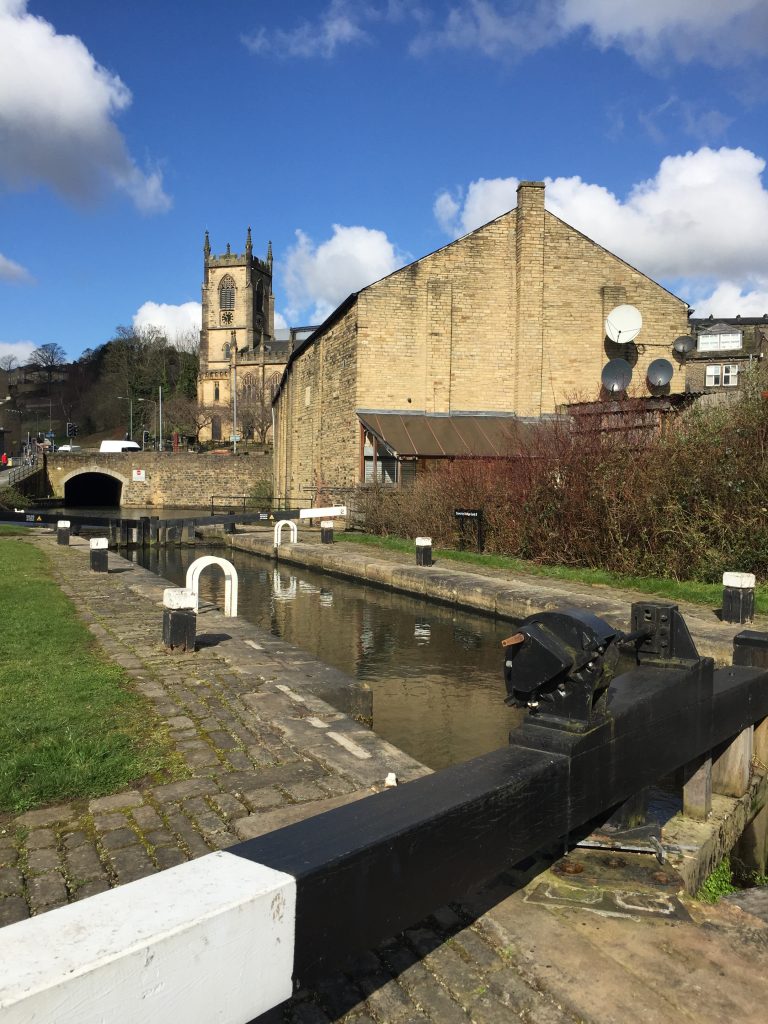
Christ church Sowerby bridge where many of my ancestors were married and baptised. I’ve played the organ there too 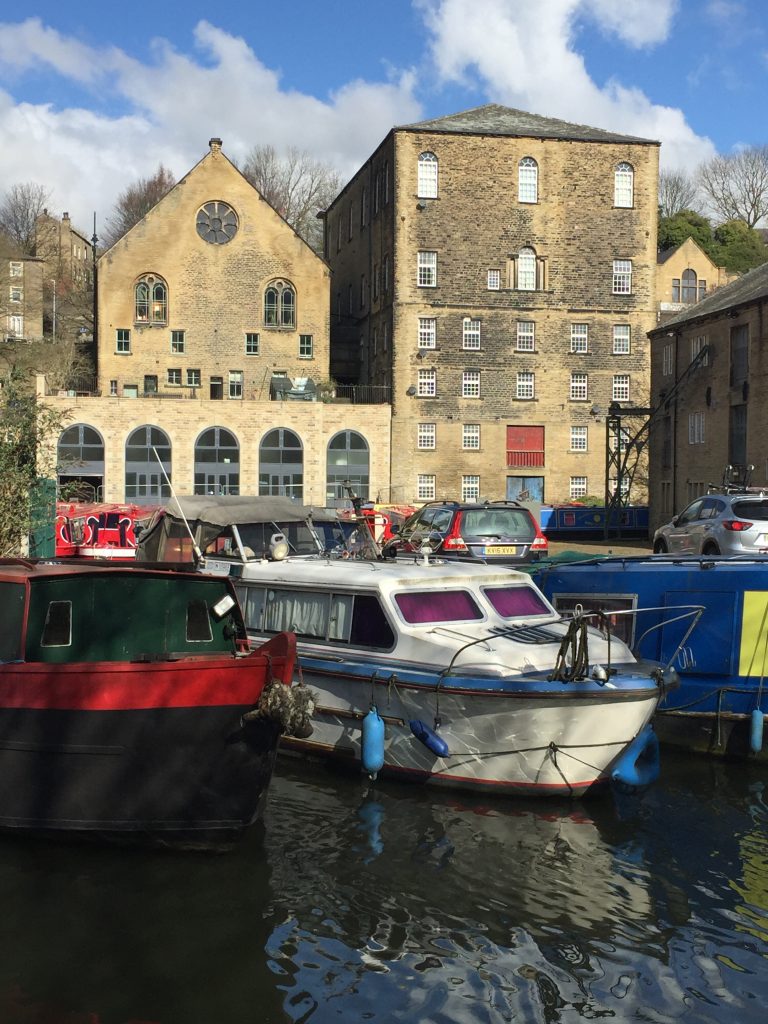
An interesting chapel on the canal side where the organ was originally water powered. Bolton Brow Wesleyan Methodist Chapel

I was amazed how many people were walking along the towpath. I’ve never seen so many, mostly with their dogs. In particular there were many men. These two, who were running a dog walking service were happy to pose for a photo.

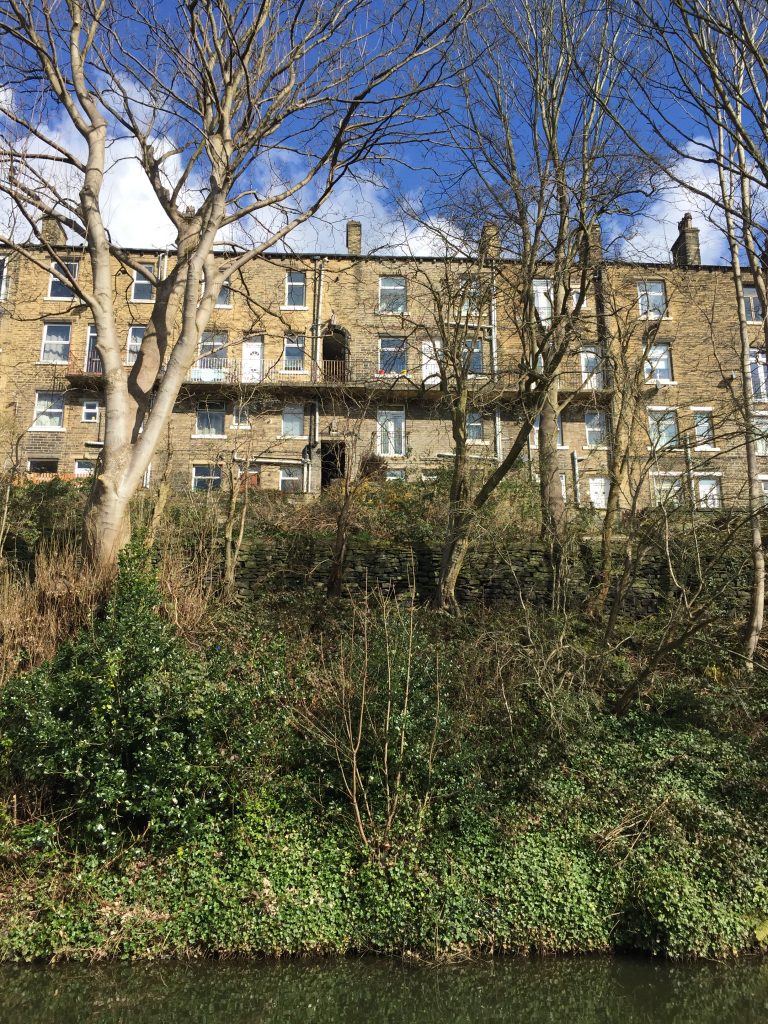
The old 
The new

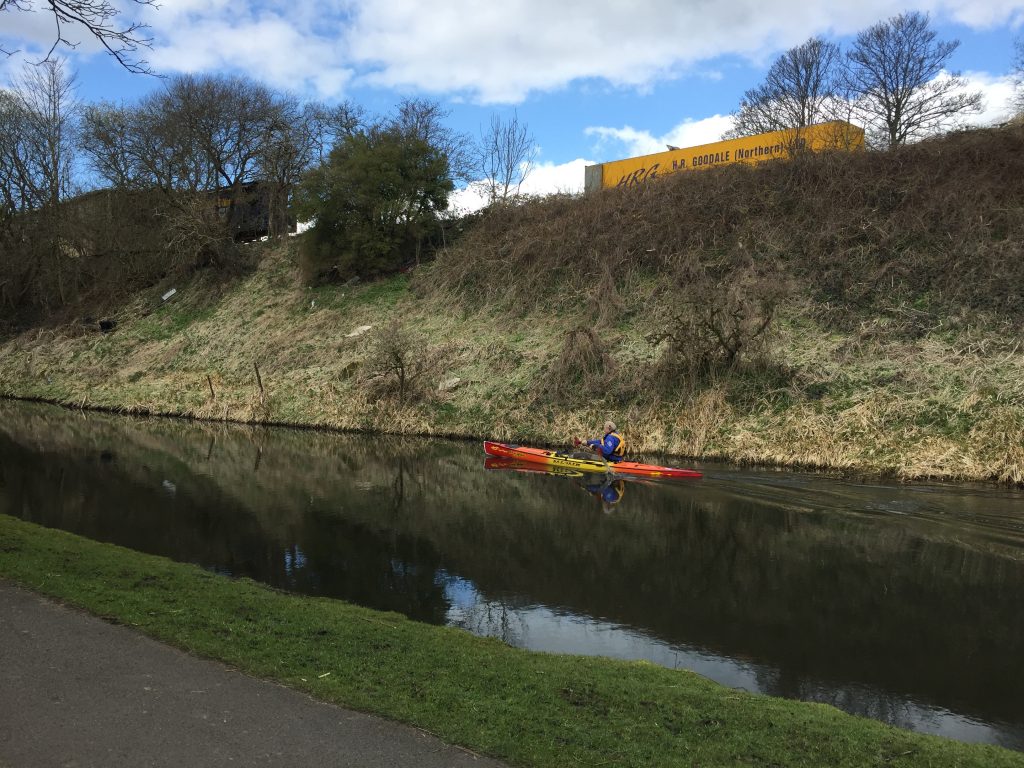

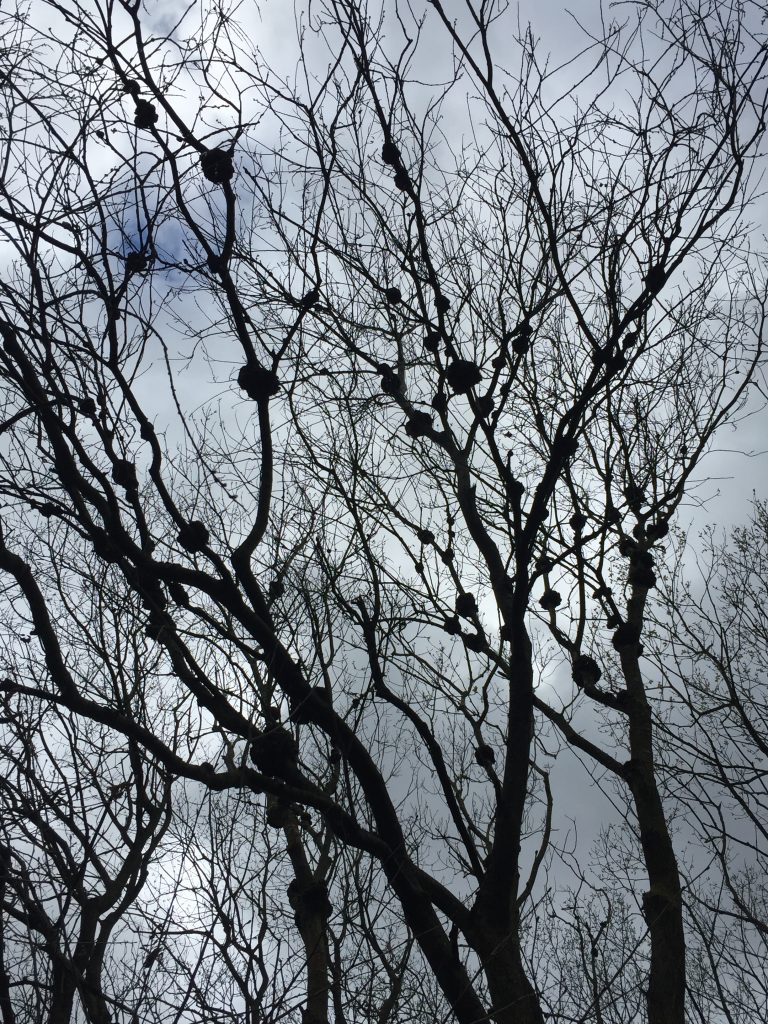
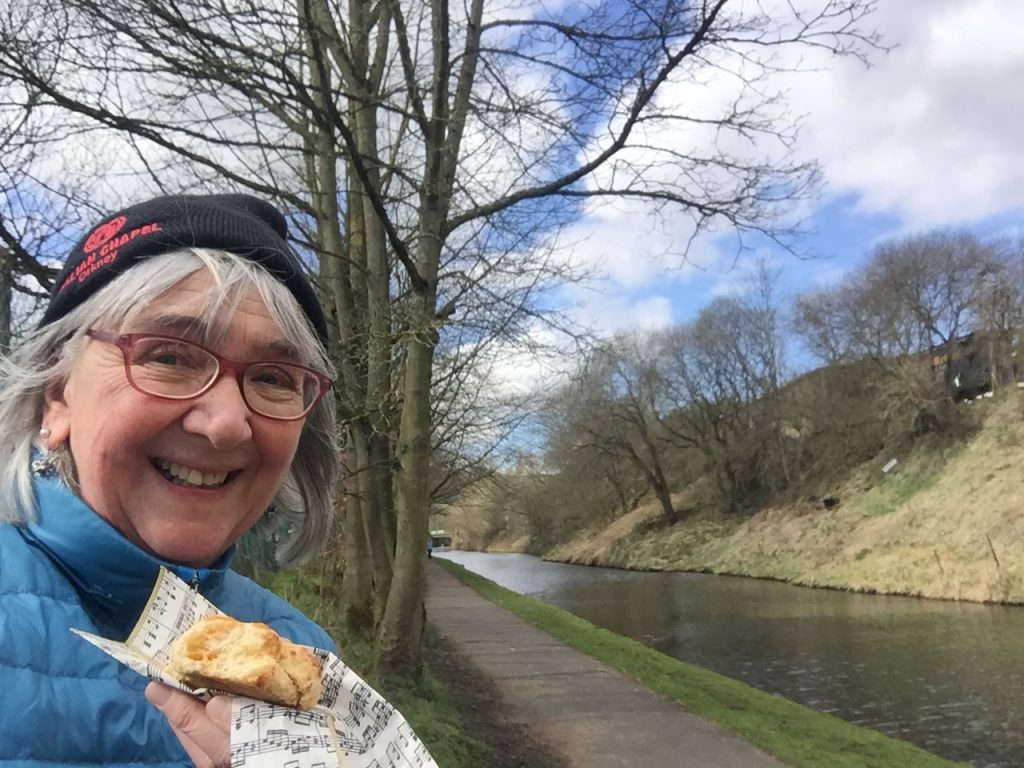

The canal passes close to the village of Copley and I decided to go and take another look. I think I’ve been there 3 times before. the last time was in May last year and I took a photo of the church door which I then used as inspiration for a textile project. It wasn’t until I was doing some online research for this post that I discovered that the Copley Conservation area use the very same photo for their cover photo.

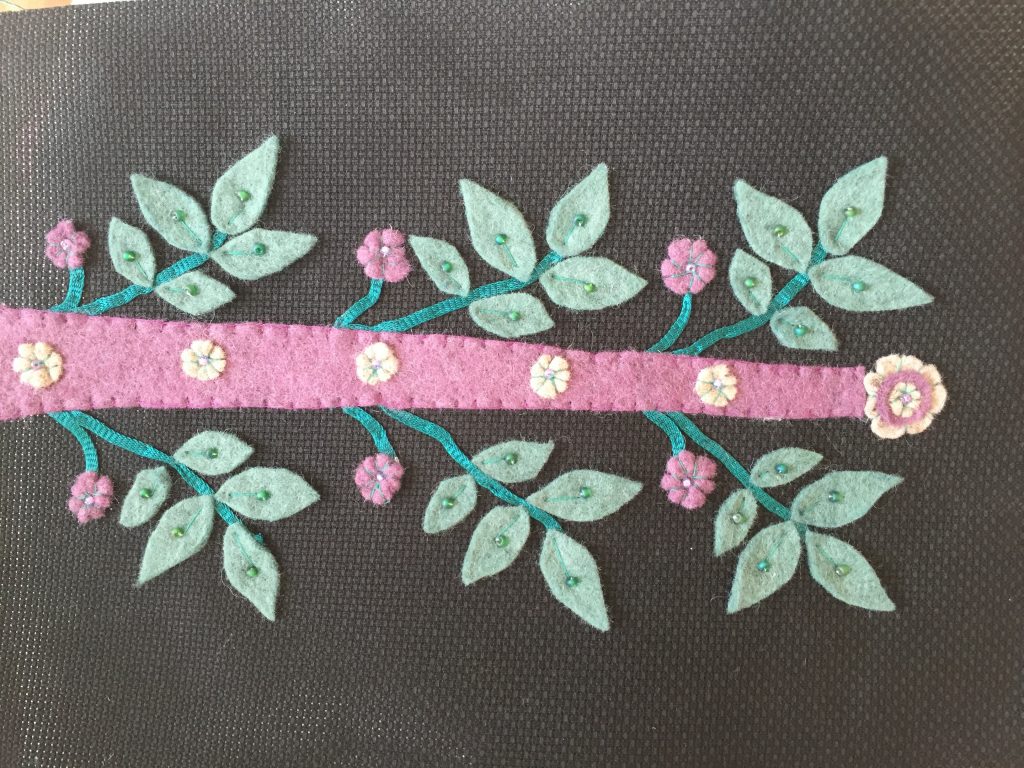
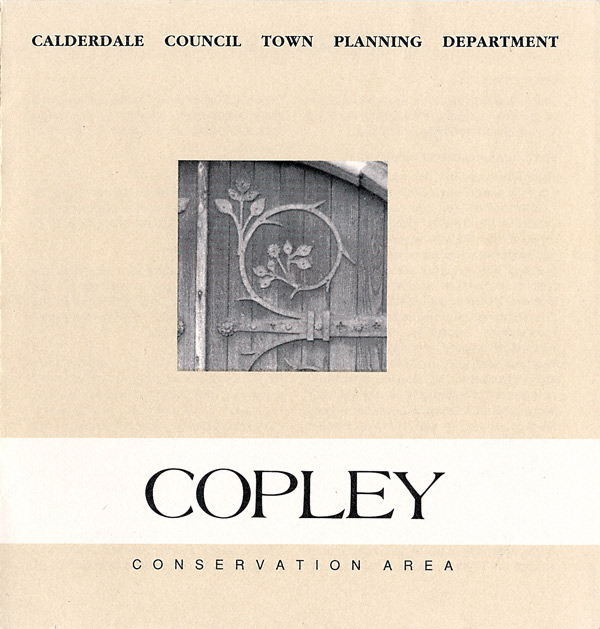
Copley was a built as a model village by Colonel Edward Ackroyd in the Calder Valley to the south of Halifax. He also built Ackroyden where All Souls church is. He bought a disused mill on the banks of the River Calder in 1844, demolished it and built a larger mill that was completed in 1847. To house his workforce Akroyd built a “model industrial settlement” of 112 back-to-back houses in three terraces with shops at the end. The first houses, described by Pevsner, as built in a “picturesque Pennine Vernacular” style were completed in 1849. They have two bedrooms and had “privies” in the front gardens. Rents proved to be high and the next two terraces were built more cheaply. Another row of through houses, one room deep, was built in 1865 after the back-to-backs were criticised in an article in The Builder.[
To attract and retain a workforce outside the urban area of Halifax, Akroyd provided not only houses but built a school, library and reading room, a co-operative store, the parish church, a recreation ground and cricket club and promoted the savings bank, burial and clothing clubs, allotment gardens and the horticultural and floral society.[ The school was built in 1849 and a year later a library. Akroyd also paid for much of the cost of St Stephen’s Church which was built between 1861 and 1865 on the opposite side of the river to the designs of W. H. Crossland. Copley predated Saltaire which Titus Salt built for his workers. The architect was Crossland, a pupil of George Gilbert Scott.
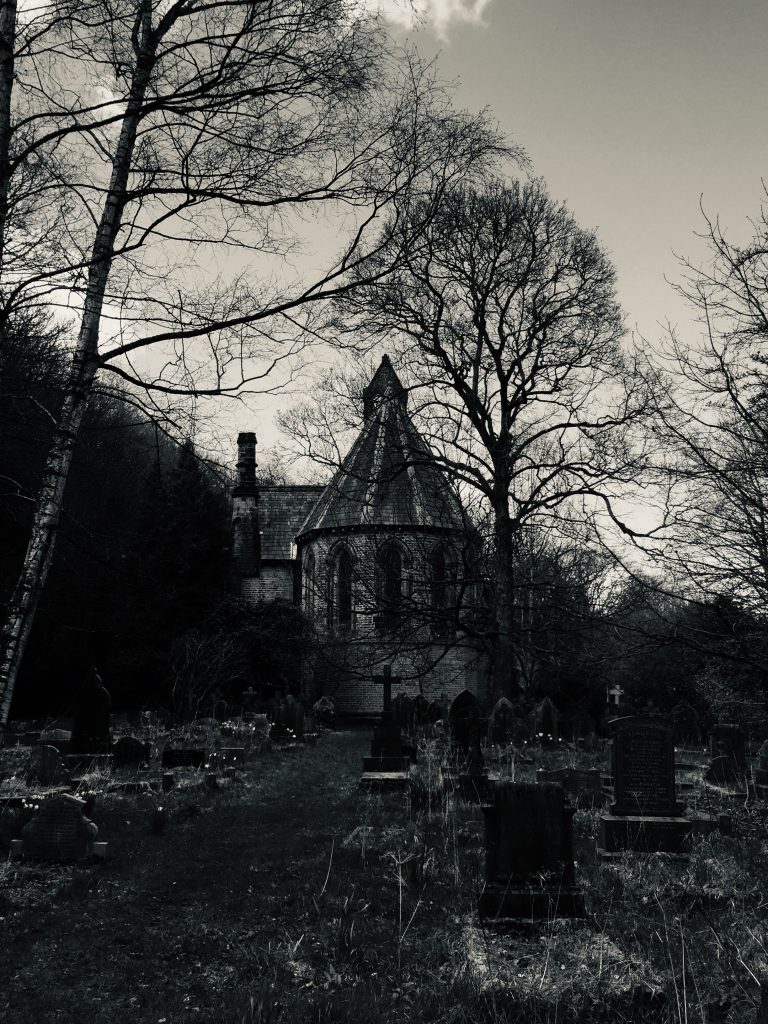

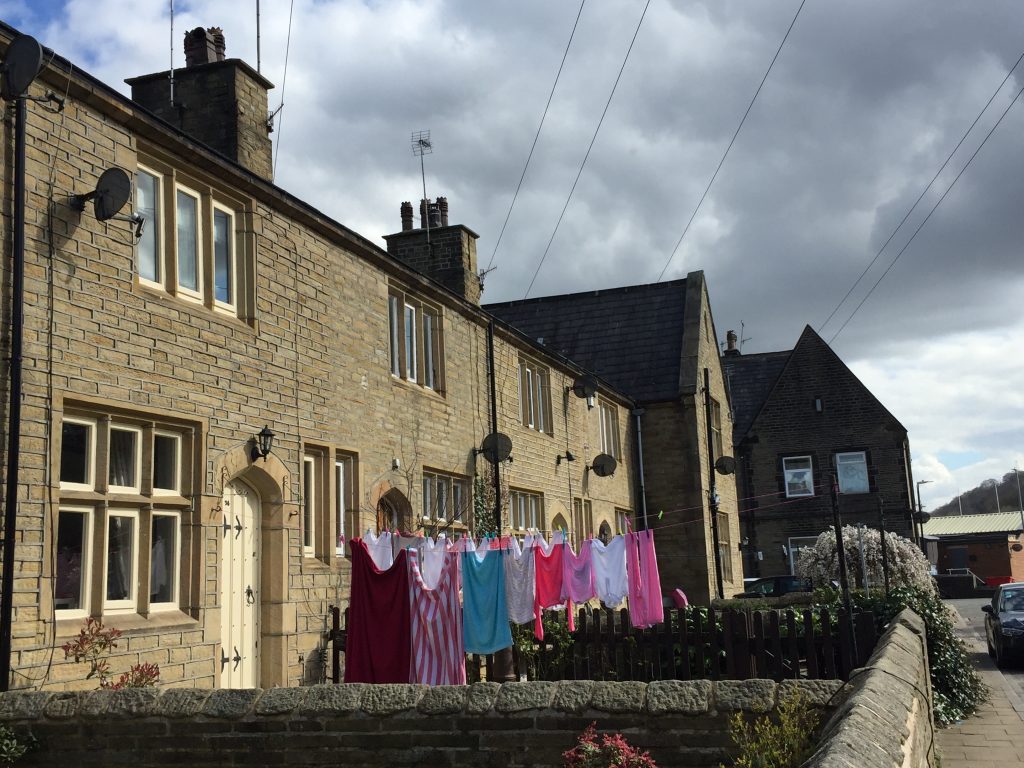
I headed back under the immense Copley viaduct which carries the railway line to Brighouse and beyond. These two gentlemen walking along the towpath looked equipped for climbing the high peaks of England
Continuing my photos of corona virus related items:


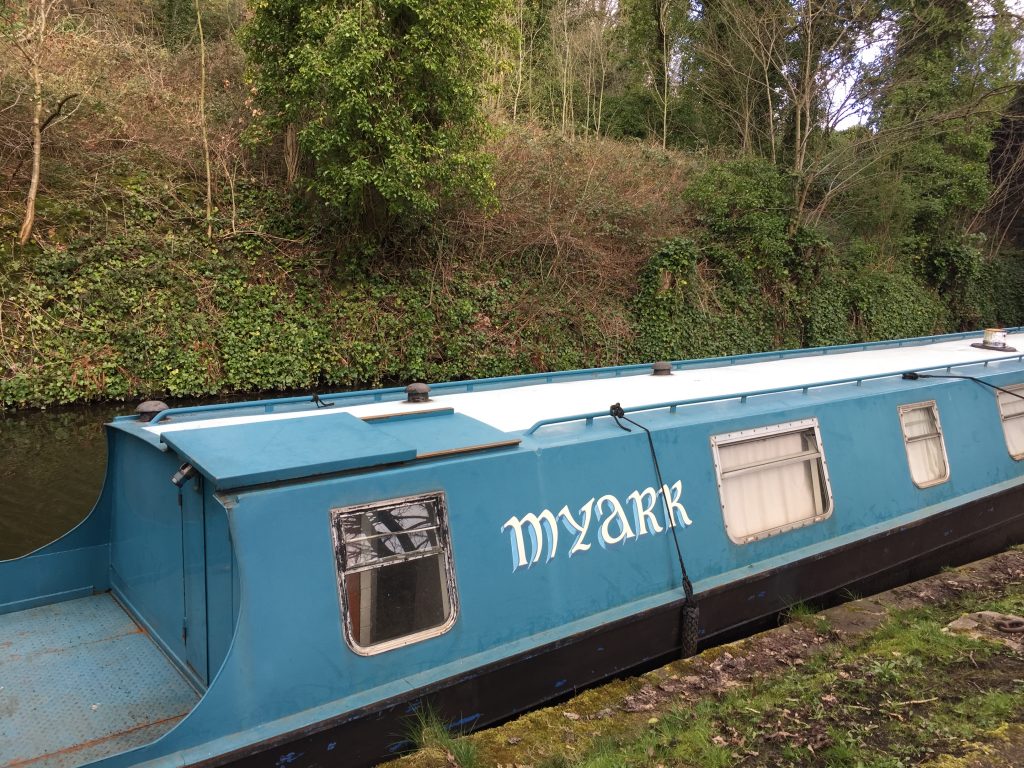


I ended my journey at Sowerby Bridge railway station which, besides being where Branwell Bronte worked, sports the (now closed) Jubilee Tea Rooms which has the distinction of being the only pub I’ve ever been thrown out of! I haver a fridge magnet to commemorate the occasion.

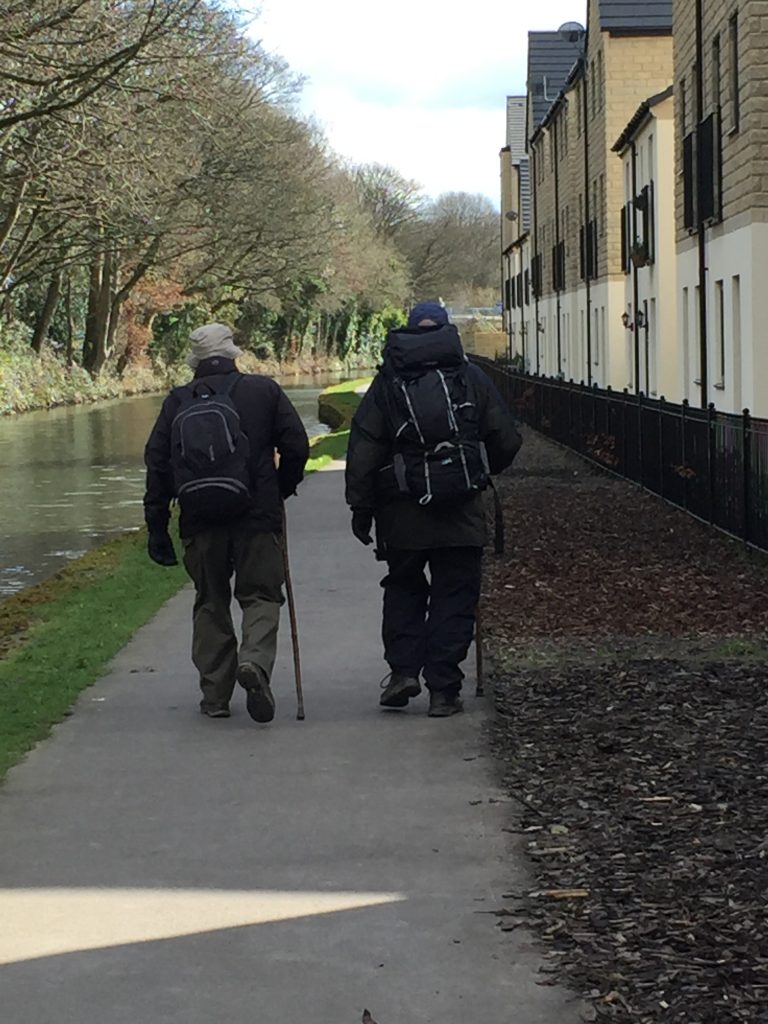
31st August 2020 at 12:44 pm
Its my unicorn and emu pictured. I’m so glad it brought a smile to your face, its exactly why they’re there. And now you’ve brought a big one to mine!